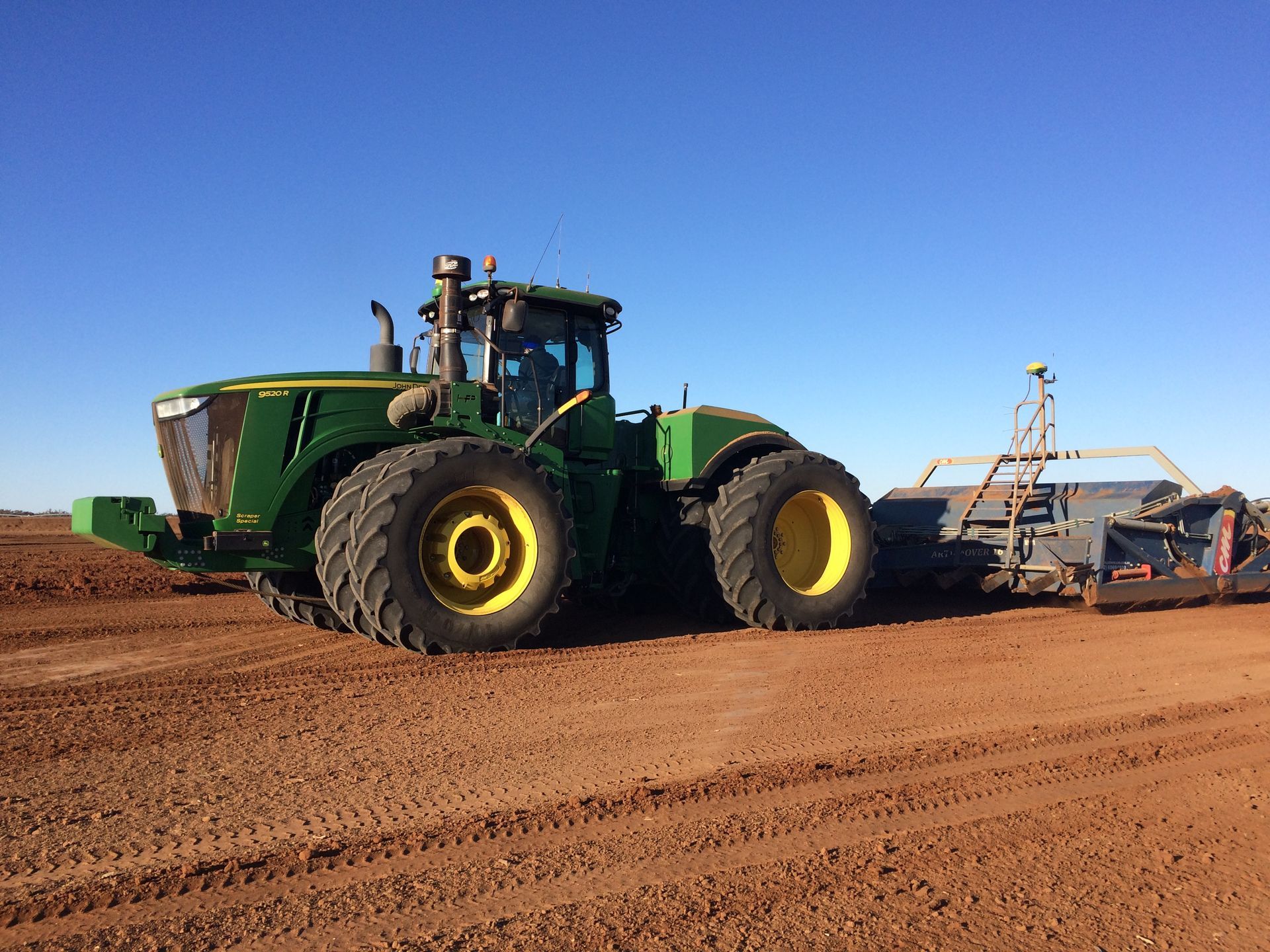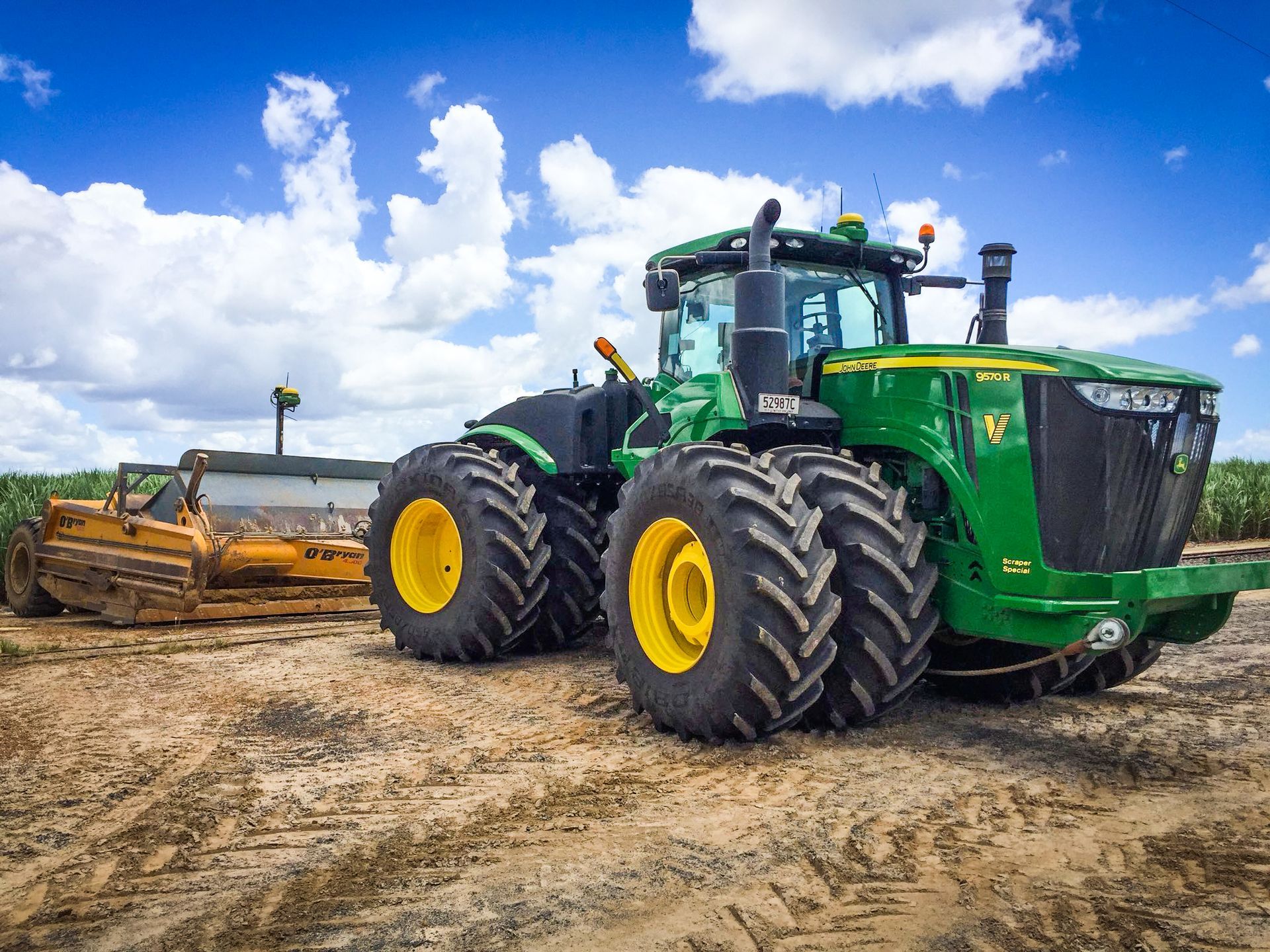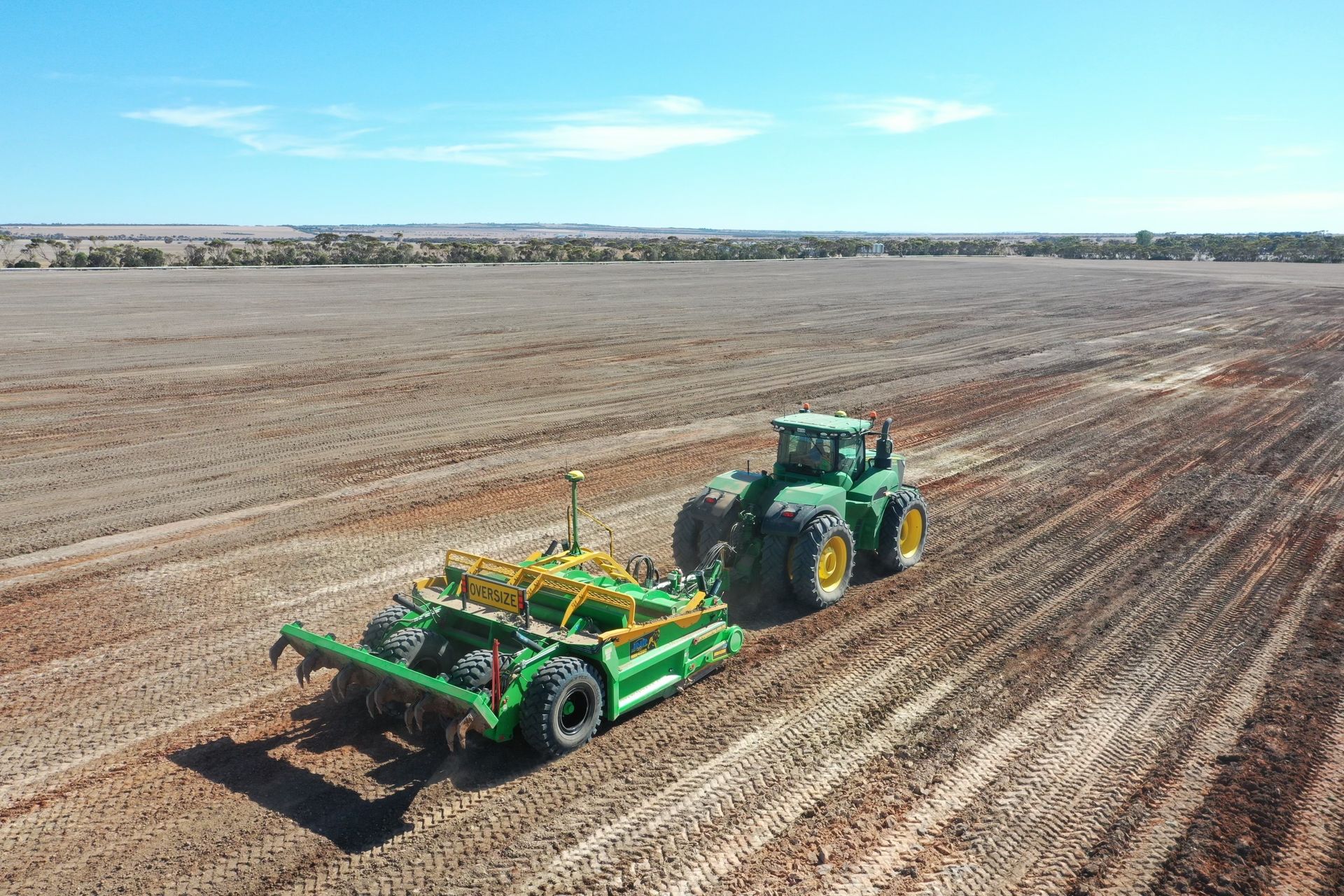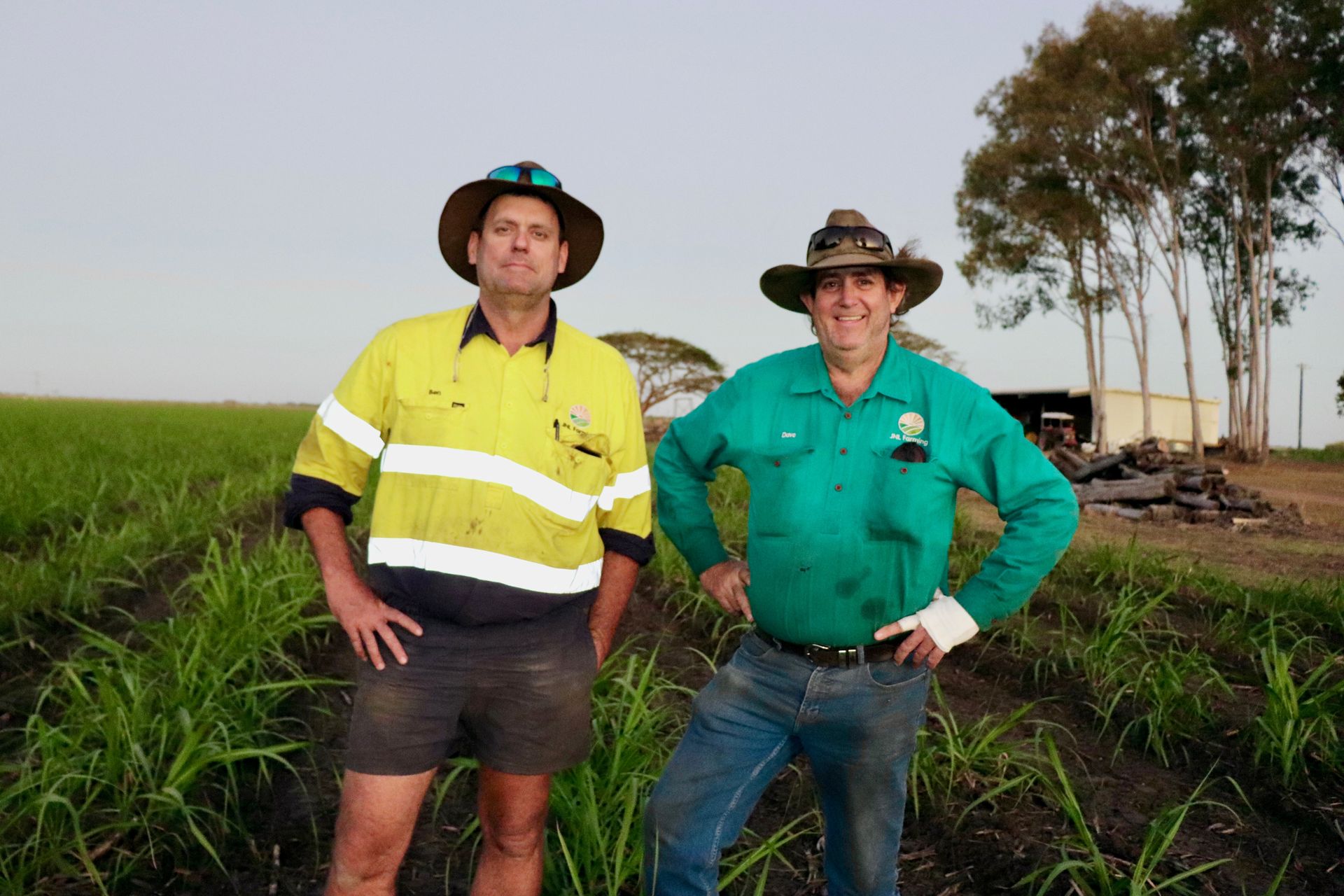1MG FlippingBooks
Levelling the field: Agtech puts you in control
A wet year isn’t when you make your money in agriculture, but you can lose the most, says Charles Reynolds, General Manager of the agtech business, T3RRA.

“Wet years can often be the toughest for farmers. Crops often go under water, and it’s hard to get onto your land. If the heavy rain comes late in the season and your input costs are high, you could lose it all.”
The key to success is managing how water pools, flows, and infiltrates your land, no matter the season.
Charles explains that land-forming agtech is about more than just irrigation. But, until now farmers have long been frustrated by the lack of plug-and-play interoperability between land-forming controller software and the tractor technologies they’re using.
T3RRA is set to launch a new controller early this year. It will work seamlessly with a variety of GPS/GNSS receivers, tractor brands, and hydraulic systems. The Level COMMAND powered by T3RRA helps farmers optimise earthworks and drainage, boosting productivity and efficiency on existing fields. Designed and manufactured primarily in Australia, the controller extends this agtech’s compatibility beyond John Deere systems.
The Level COMMAND underwent 18 months of development and testing on farms across NSW, Victoria, and Queensland, ensuring it is “designed with farmers and contractors for them.”
The controller can implement advanced field designs created using T3RRA’s design software or by third-party consultants. Both options allow farmers to “optimise their levelling designs using elevation data and watershed simulations to conduct cost-benefit analyses and ensure the least amount of dirt is moved”, he says. Operators can also upload large design files directly into Level COMMAND without needing to split them into smaller parts.
“The user interface is designed to be intuitive and user-friendly, requiring minimal training,” Charles says. “It’s so simple, you shouldn’t need the operator’s manual.”
However, we will offer training through the John Deere dealer network, and short ‘just-in-time’ tips will be shared through social media platforms like Facebook and X.
Typically, farmers expect their earthworks to pay off in three to four years, says Charles.
“Users of T3RRA often report a pay-off within a season or two. It’s a long-term investment—not a seasonal input, like a one-off application of fertiliser that only impacts one year’s gross profit. By resolving drainage issues and moving soil effectively, you’ll see returns for many years.”
T3RRA Website: https://t3rra.com/
T3RRA email: info@t3rra.com



















